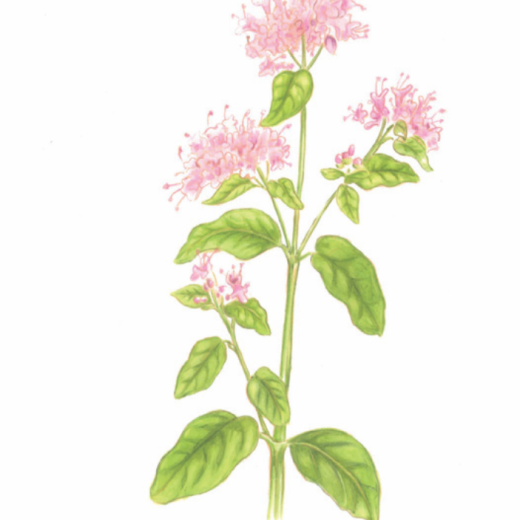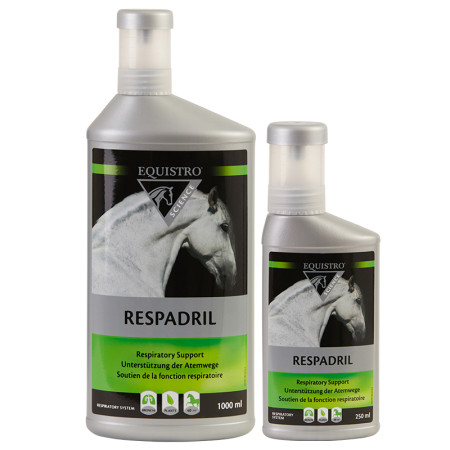
Origanum (Oregano)
Description
Origanum vulgare is a plant species from the labiate family with a high content of essential oils such as thymol, carvacrol and p-cymene.
Properties
The antioxidant capacities (oxygen radical absorbance capacity, ORAC) and total phenolic contents were recently determined and Origanum vulgare was shown to have a particularly high ORAC and phenolic content. Oregano has been shown to have antibacterial and antifungal properties. Thymol and carvacrol contents are responsible for its antimicrobial and antifungal effects. The ingredient carvacrol has an anti-inflammatory effect.
Possible uses
Due to its antispasmodic properties, oregano oil is mainly used internally to support catarrh.
Important to know
As it can irritate the skin, Oergano oil should only be used internally and diluted with a carrier substance.

